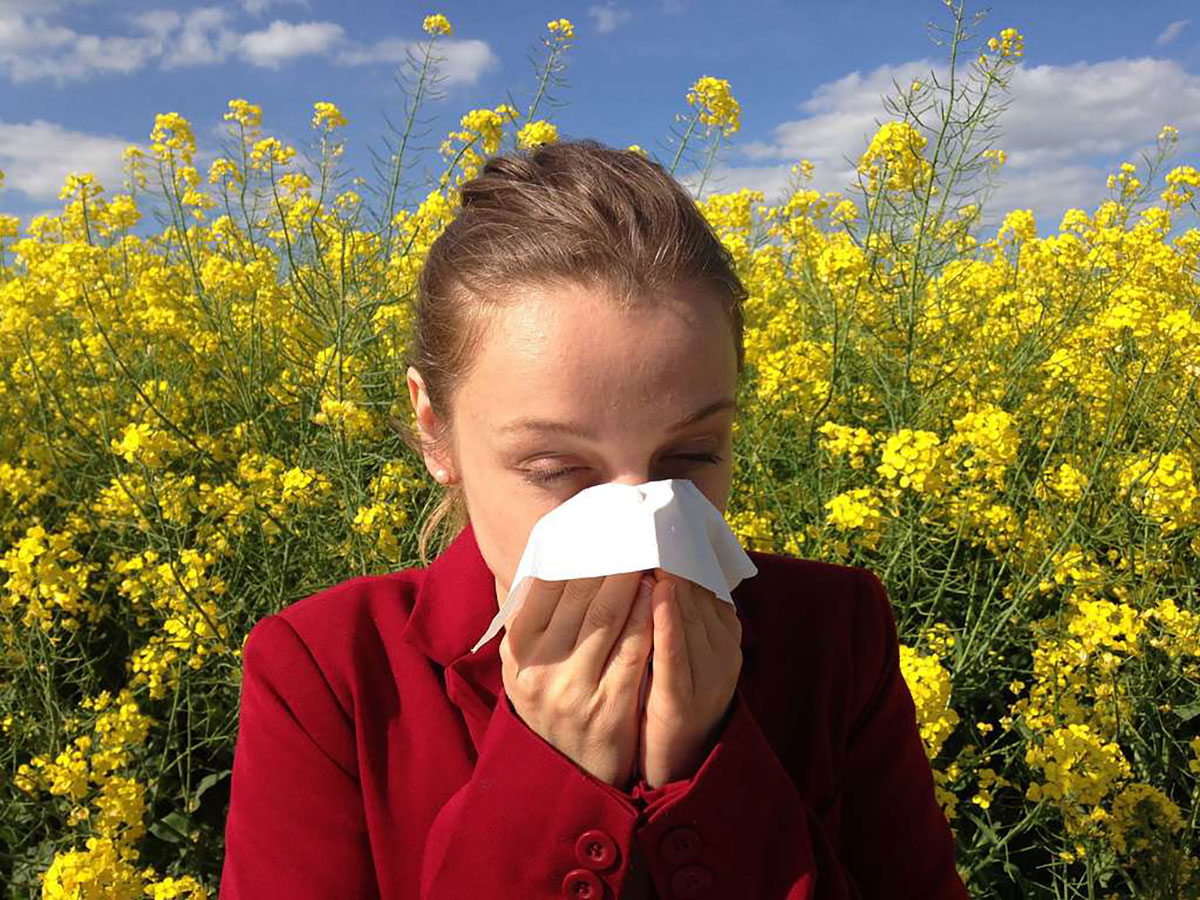Each year, as spring blooms into life, I find myself caught in a strange paradox: my spirit lifts with the lengthening days, the scent of lilacs in the air, the promise of bare feet in the grass… and yet my body protests. My eyes itch, my nose runs, and my energy dips just when the world is waking up.
For years, I treated seasonal allergies like an inconvenient side quest, something to manage with tissues and over-the-counter antihistamines. But they always left me foggy and disconnected from the very season I longed to embrace.
It wasn’t until I began exploring natural remedies that I discovered a new rhythm. One that didn’t involve suppressing symptoms, but rather strengthening my body’s resilience. If you’re someone who looks to nature for answers, and wants to enjoy the beauty of spring without the burden of histamine chaos, this gentle trio may just become your seasonal allies:
1. Nettles: The Wild Weed That Calms the Storm
If you’ve ever brushed up against stinging nettle on a walk, you know it’s not shy. But once dried, this wild plant transforms into one of the most trusted herbs for seasonal allergy support.
Nettles are naturally rich in vitamins (like C and K), minerals (especially iron and magnesium), and plant compounds that seem to calm the histamine response. Some herbalists even refer to them as a “natural antihistamine,” though their effect is more about modulation than suppression.
In my own experience, taking nettles before allergy season hits makes the biggest difference. It’s as if it gives the immune system a buffer, helping reduce the intensity of reactions before they begin.
How to use nettles:
- Tea: Steep 1–2 teaspoons of dried nettle leaf in hot water for 10–15 minutes. Drink daily in the springtime (add a bit of lemon balm or peppermint if you’d like to soften the flavor).
- Tincture or Capsules: For a more concentrated effect or if you’re on the go, these options can offer consistent support.
Nettles are most effective when taken regularly, so think of them more like a tonic than a quick fix.
2. Quercetin: The Quiet Defender in Your Produce Drawer
Quercetin is a bioflavonoid found in plants like onions, apples, kale, and berries. It’s not as famous as Vitamin C or zinc, but its role in modulating inflammation makes it a powerful player in allergy support.
What makes quercetin especially interesting is its ability to stabilize mast cells—those tiny alarm bells in your body that release histamine when they detect a threat. When mast cells are calmer, your body is less likely to overreact to pollen or dust.
I first learned about quercetin after a particularly sneezy spring, when even my usual herbal teas weren’t cutting it. Adding in a simple quercetin supplement made a noticeable difference. It wasn’t dramatic—but I felt clearer. Less reactive. More myself.
How to get more quercetin:
- Food sources: Add red onions, apples (with the peel), dark berries, capers, and leafy greens to your plate.
- Supplement form: If allergies hit hard, a daily quercetin supplement (often paired with bromelain for better absorption) may offer more robust support.
Because it takes time to build up in the system, quercetin works best when started a few weeks before allergy season kicks in.
3. Local Honey: Sweet and Subtle Immunity Training
This one might sound like an old wives’ tale—but the idea behind it is elegant: by consuming small amounts of local honey, you expose your body to trace amounts of local pollens, helping it become less reactive over time.
Think of it like a micro-dose of your environment, delivered in the gentlest, most delicious way possible. While the scientific evidence is still evolving, many people (myself included) swear by the ritual. And even if it’s only part placebo, it’s a lovely one.
How to use it:
- 1 teaspoon per day, ideally raw, unfiltered, and harvested within your region.
- Stir it into herbal tea (after it cools slightly), drizzle it over breakfast, or simply enjoy it from the spoon.
Honey also has natural antibacterial and soothing properties, which can help calm sore throats and irritated airways that often come with springtime sniffles.
Note: Raw honey isn’t recommended for infants under one year old.
What I’ve come to love about these remedies; nettles, quercetin, and honey, is that they don’t feel like medicine. They feel like daily acts of kindness. A nourishing tea. A brightly colored meal. A spoonful of something golden and grounding.
There’s a different kind of healing that happens when we treat our bodies with respect instead of control. When we offer gentle support, not just demand results. Natural allergy relief may not silence every symptom, but it can reduce the intensity, help you feel more resilient, and bring you closer to nature instead of farther away from it.
If spring tends to bring both beauty and burden for you, consider this an invitation to explore a softer approach. Begin with one of these allies. Maybe it’s nettle tea in the mornings or a quercetin-rich lunch. Maybe it’s a small jar of local honey by your bedside as a daily ritual.
Over time, you may notice that your body begins to respond differently. That the air feels a little lighter, the world a little less itchy. That you’re not just surviving the season; You’re finally able to enjoy it.
And that, to me, is the best kind of remedy.


